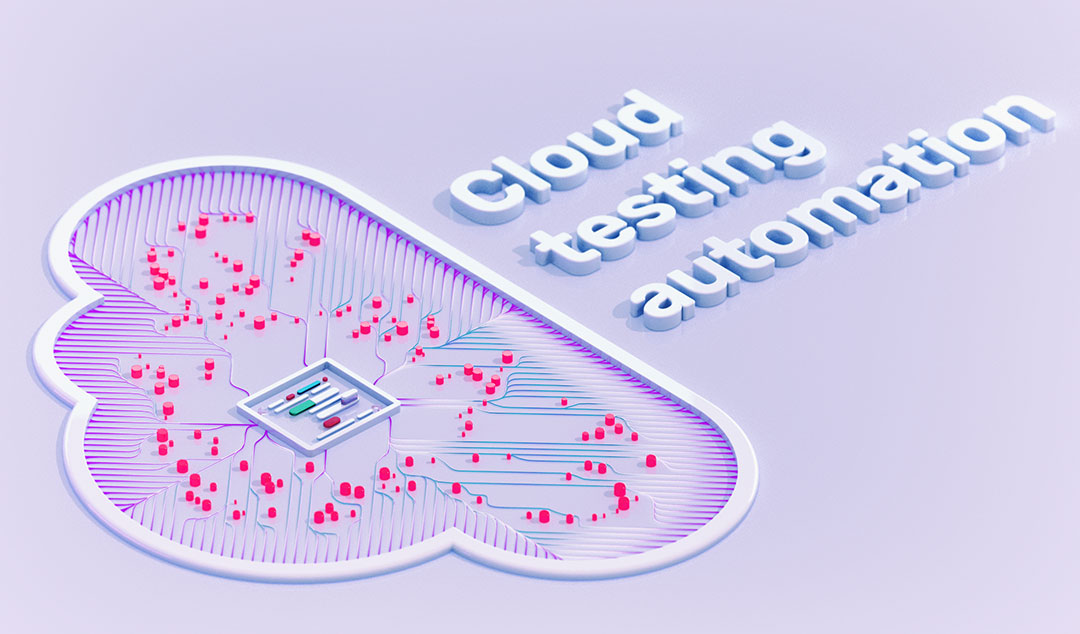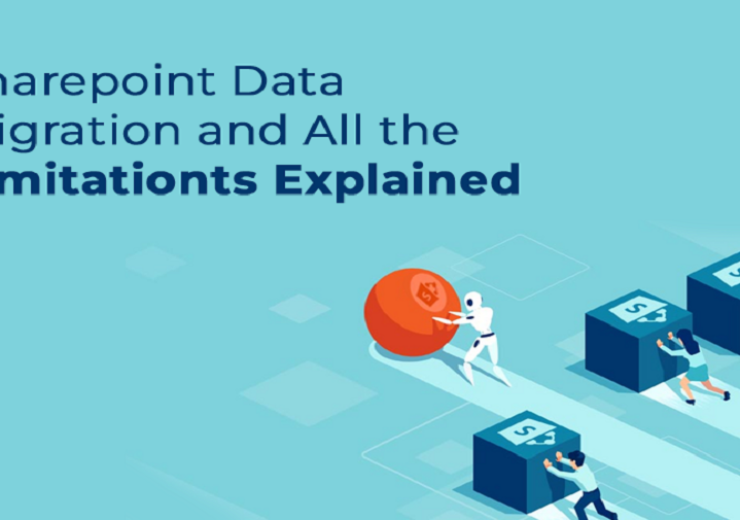What Is Cloud-based Software Testing And How Can It Enhance Testing Services?

With the severe limitations brought on by the COVID-19 pandemic, enterprises have widely adopted virtualization across various domains and operations. By going virtual, businesses were able to empower resource sharing through multiple operating systems and reduce the costs, increase the flexibility of IT assets as well as reduce maintenance and management costs, increase scalability and load balancing for IT infrastructure.
This potential of virtualization promoted the idea of implementing cloud computing technology and resource sharing for software test automation services. Cloud computing has developed over years and is encouraged by the growth and expansion of technology which promotes the fundamentals of communication and information. In particular, cloud computing presents an online resilient ecosystem that encourages companies and individuals to control the enormous size of the data that has an impact on the framework execution.
Cloud computing means leveraging the internet and distributed servers by utilizing software applications to obtain data, maintain it and collect resources. Cloud enables the users, enterprises and businesses to handle these distributed services and applications without a need to install software and without internet access.
Cloud Based Software Testing
Cloud testing as TaaS can validate different products for individuals or organizations. Based on that, many IT organizations are using the licensing model of cloud to test software solutions and services for customers online instead of installing tests. For example, if an enterprise is looking to perform load testing then it can be leveraged from the cloud technology provider as service. Based on this ideology,we can split the testing into three main types, such as:
- Testing the infrastructures and competence: this type of testing is performed from the security side.
- Testing of a cloud: this type of testing can be done by the customers of the cloud. It will show the validation and the quality of the cloud from the external side.
- Testing over clouds: this type testing is performed by cloud based application providers. It will test the service application based on the system requirements and its specifications, here the testing is done through different types of cloud such as public, private and hybrid clouds.
The Different types of Cloud Services
- Software as a Service (SaaS): it provides the cloud infrastructure specifications for users. The applications available on this infrastructure can be reached by an interface that can be accessed from different platforms and is available to any user via the internet. Users can access and use such applications without installing them. The application user interface is a web browser (Google doc, Photoshop).
- Platform as a Service (PaaS): this model gives users the potential for deploying their own solutions by using the platforms of the cloud providers (ex: services of databases and application server) and enable the user to develop, use and manage some web applications (Google apps).
- Infrastructure as a Service (IaaS): where users obtain the services provided by computing plus that they can deploy systems of their own configurations. They can rent the infrastructures they need as building blocks of the cloud; it mainly deals with physical resources like storage, network devices. All these resources can be used on demand (i.e.,the user pay per use (Microsoft azure).
- Hardware as a service:: buying IT hardware or maybe hardware virtualization. Cloud can have three main models.
The models as described in:
- Public clouds: this type means that the services of the cloud are available to everyone and the cloud is owned by the organization that provides the services.
- Private clouds: usually this type is used by government agencies or some companies that require a huge amount of security and data integrity, so they build their cloud or leverage a publicly available cloud that is secured by a firewall. This cloud is allocated to each enterprise and can be accessed only by authorized users or resources within the companies.
- Hybrid clouds: this type is a mix between public and private clouds. Some cloud services are available to any one (public) but some others are only available to authorized users.
The Need For Cloud In Software Testing
Enterprises need to perform different software testing tasks to guarantee that the quality of the application or software is absolutely perfect before deploying the application. QA teams must not only ensure that the software is error free but it should also be able to efficiently integrate cloud-based solutions, end-to-end system function testing, software performance and scalability over multiple platforms.
Cloud based software testing are as mentioned below:
A cloud-based business test environment, analysts can deploy the application on cloud infrastructure to validate the software quality. They will not have to spend huge amounts on buying these infrastructures as they are allocated based on “pay as you use” policy.
Cloud/SaaS-oriented testing – This kind of software testing is preferably conducted inside a cloud by QA analysts of cloud/SaaS vendors. The fundamental purpose is to ensure the quality of the presented service functions administered in a cloud (or a SaaS program). These QA analysts must go through system testing, application integration, system capacity validation and regression testing. The cloud also provides tools and resources to conduct performance as well as scalability evaluation.
Since clouds and Software as a Service (SaaS) normally present reliable service APIs and connectivity interfaces to users, it is expected responsibility for analysts to verify these APIs and connectivity in a cloud environment. Also, the applications security services, privacy features and functional features must be tested in the cloud environment by leveraging test generators and test labs. Moreover, performance testing and scalability testing of a software is critical to cloud/SaaS vendors because this guarantees the quality of cloud elasticity to sustain SaaS and cloud services within a cloud.
Online-based application testing on a cloud – This variety of testing is usually conducted to check the online software solution on a cloud by leveraging cloud-based traffic generators and realtime user conditions. This is a typical usage of cloud technology to improve existing online applications or software. It helps in conducting online-based system capacity testing and functionality evaluation on a cloud by taking the support of cloud computing resources without using any in-house test infrastructure. When newer apps are updated based on a legacy system, the condition of the attachment between the legacy systems and the under-test application deployed on a cloud must be verified.
Cloud-based application testing over clouds – This testing applies to the quality analysis activities implemented to guarantee the condition of a cloud-based application across multiple clouds. When a software is created to be deployed and administered over various clouds, new testing measures are implemented to assure its quality. Unlike the last two types, the principal testing purpose in this case is to guarantee the quality of the application over clouds. This implies that the test automation services, function validation, execution validation, and scalability measurement must get along with various cloud technologies. This definitely obscures the responsibilities for checking system adaptability, interoperability, and connectivity between multiple clouds.
Conclusion
Software testing is one of the crucial activities in the software engineering or product life cycle. With the current work from home situation, performing a complete software test has been a challenge for various enterprises. The cloud based software testing has created a huge transformation in the traditional testing strategy and has helped several enterprises deploy efficient applications on time. Therefore, it is imperative that enterprises focus on more cloud based strategies and revolutionize their existing development/testing phase with more innovative solutions.




